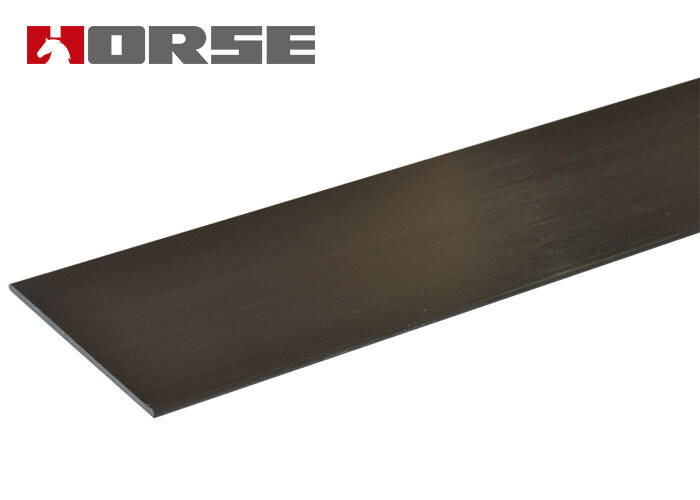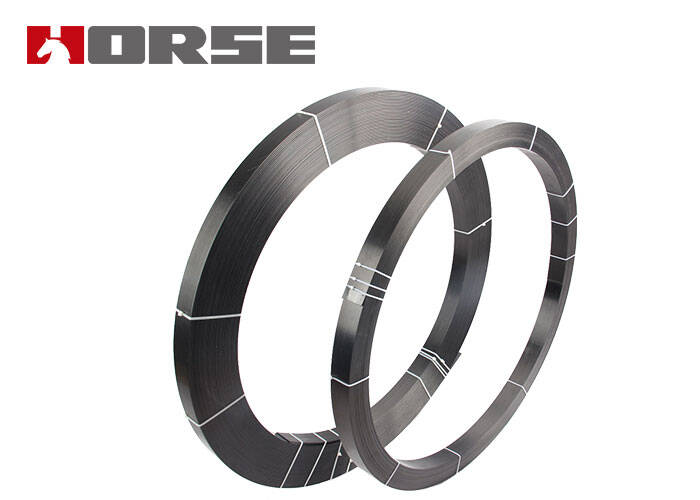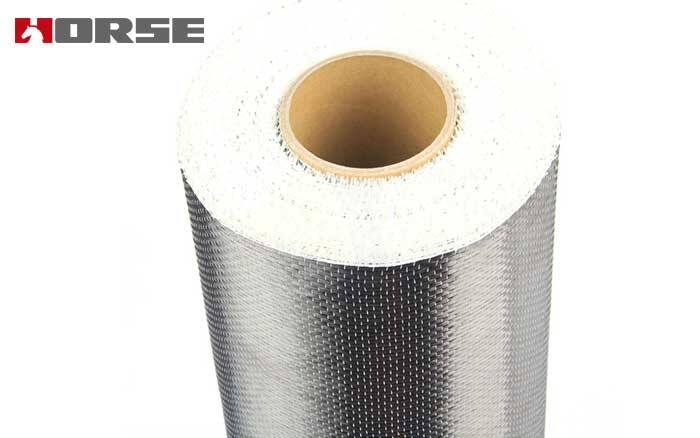Solutions
Horse Construction offers full range of structural strengthening materials with technical supports, documentation supports, products supports, project supports.
Manufacturing and Applications of CFRP Strengthening Materials Produced in China



In reinforcement and reconstruction projects, carbon fiber, as a structural reinforcement material with high strength, light weight, corrosion resistance, and convenient construction, has been widely used in various reinforcement projects. According to statistics, in 2019, my country's construction industry used about 3900 tons of carbon fiber precursor, of which more than 80% were used for the reinforcement and maintenance of old structures. However, due to the wide variety of production processes and types of carbon fiber products, there are some special requirements for the construction environment and construction methods, and the wrong choice of carbon fiber reinforcement materials will bring serious consequences. At the same time, due to the big difference between the force mode and the general homogeneous materials (such as steel, etc.), how to properly use carbon fiber reinforced materials to achieve the established bearing capacity target in reinforcement projects is one of the focuses of current research.
Production status of carbon fiber reinforced materials
Carbon fiber reinforcement materials widely used in reinforcement projects are mainly divided into several categories: carbon fiber fabrics, carbon fiber composite profiles, prestressed carbon fiber systems, and chopped carbon fiber additives. Among them, carbon fiber fabrics are combined with adhesives to form composite materials that can be used in actual reinforcement projects, while chopped fibers are generally concrete or mortar additives to improve the ductility of concrete or mortar. At the beginning of the 21st century, due to technical problems such as weaving process of domestic carbon fiber fabrics, the phenomenon of carbon fiber "burring", "broken ends and rejoining", and "winding adhesion" were common, which seriously affected the strength and stability of the product. The carbon fiber reinforcement materials used in important structures and projects mainly rely on imports from developed countries in Europe and the United States such as Toray from Japan, Sika from Switzerland, Fisher from Germany, and Simpson from the United States. In recent years, domestic reinforcement material manufacturers led by Shanghai Hummer Construction Technology Co., Ltd. have introduced German Dornier weaving technology, improved and optimized the weaving process of carbon fiber fabrics, and finely controlled the weaving tension and weft tension of carbon fiber precursors. The strength of the carbon fiber fabric can reach 4.2GPa, and the elastic modulus can reach 240GPa.
The pultrusion and extrusion technology of carbon fiber composite profiles began in the United States. In the 1980s, my country began to introduce foreign production lines for the production of glass fiber profiles. Through optimization and upgrading in terms of mechanical principles, new resins and curing agents, the current output of pultruded and extruded fiber products in my country has accounted for more than 50% of the global output, and the pultrusion and extrusion technology is close to the international advanced level.
Application status of carbon fiber reinforced materials
In domestic reinforcement and reconstruction projects, the most widely used carbon fiber reinforcement materials are carbon fiber fabrics and carbon fiber composite panels. Research shows that the flexural bearing capacity of concrete beams can be significantly improved when multiple layers of carbon cloth are pasted (the yield load is increased by 20% in the case of three layers, and the ultimate bearing capacity is increased by 48% to 64%). However, it is difficult to remove all the initial loads of the members to be reinforced, and the bonding failure between the adhesive and the concrete and the peeling failure of the concrete protective layer have significant effects. Therefore, the actual strength of the concrete base material and the impact of anchoring measures need to be considered.
The structural column is wrapped in multiple layers of carbon fiber cloth, and its compressive bearing capacity can be increased by 70.8%, and the contribution of the concrete part to the bearing capacity can be increased by 118.6%. Similar compressive design calculations can also adopt the calculation method of concrete confined by stirrups. . At the same time, when carbon fiber wraps around a reinforced concrete column, by increasing the nominal compressive stress of the concrete, the failure strain of the concrete can be significantly increased, and the ductility coefficient can increase by 151%.
In addition, as a new type of active reinforcement method, prestressed carbon fiber board has a good application in improving the deformation of existing structures and supplementing the loss of prestress of various types of prestressing members. Carbon fiber boards used in structural reinforcement projects generally use unidirectional carbon fiber laminates with 60% carbon fiber tow content, with a tensile strength of 2400-2800MPa and a modulus of elasticity of 160-240GPa.
Although carbon fiber reinforced materials have good performance in the compression, bending, shear and seismic ductility reinforcement of beams, slabs, columns, walls and other concrete structural members. Test data also show that when using carbon fiber materials for reinforcement, the original steel reinforced concrete structure still requires a certain load-bearing capacity, and carbon fiber materials can only improve rather than replace the original structure for load-bearing.
The development prospects of carbon fiber reinforced materials
As a reinforcement material that is subjected to force in a single direction, carbon fiber has a relatively mature design method in the field of traditional reinforcement. However, due to the influence of supporting materials, carbon fiber materials are often difficult to fully exert their performance in situations where the force is more complicated. In recent years, due to the development of carbon fiber supporting epoxy resin adhesives, such as the production of antioxidant additives, high temperature resistant resins and underwater curing resins, the design and application scenarios of carbon fiber reinforced materials have also been expanded to a certain extent. At the same time, due to the emergence of mature anchoring systems, the force transmission path between carbon fiber and steel structure is no longer restricted by the performance of the adhesive. Carbon fiber materials get rid of the brittle damage of interface peeling, and can also have better applications on steel structures. . At the same time, as numerical simulation is gradually being widely used, more detailed results can be obtained for the actual stress situation and stress distribution of complex structures. Carbon fiber reinforced materials have also made some contributions in areas with complex forces such as seismic joints of reinforced concrete buildings and cable-membrane structures. .
You can find anything here you are in need of, have a trust trying on these products, you will find the big difference after that.

High strength, unidirectional carbon fiber wrap pre-saturated to form a carbon fiber reinforced polymer (CFRP) wrap used to strengthen structural concrete elements.

High strength carbon fiber reinforced polymer (CFRP) strip / laminate / plate for structural strengthening and concrete repair

Prestressed carbon fiber reinforced polymer(CFRP) plate for slab, beam strengthening to increase stiffness, reduce distortion and deflection of members, reduce the cracks, avoid and stop cracking.